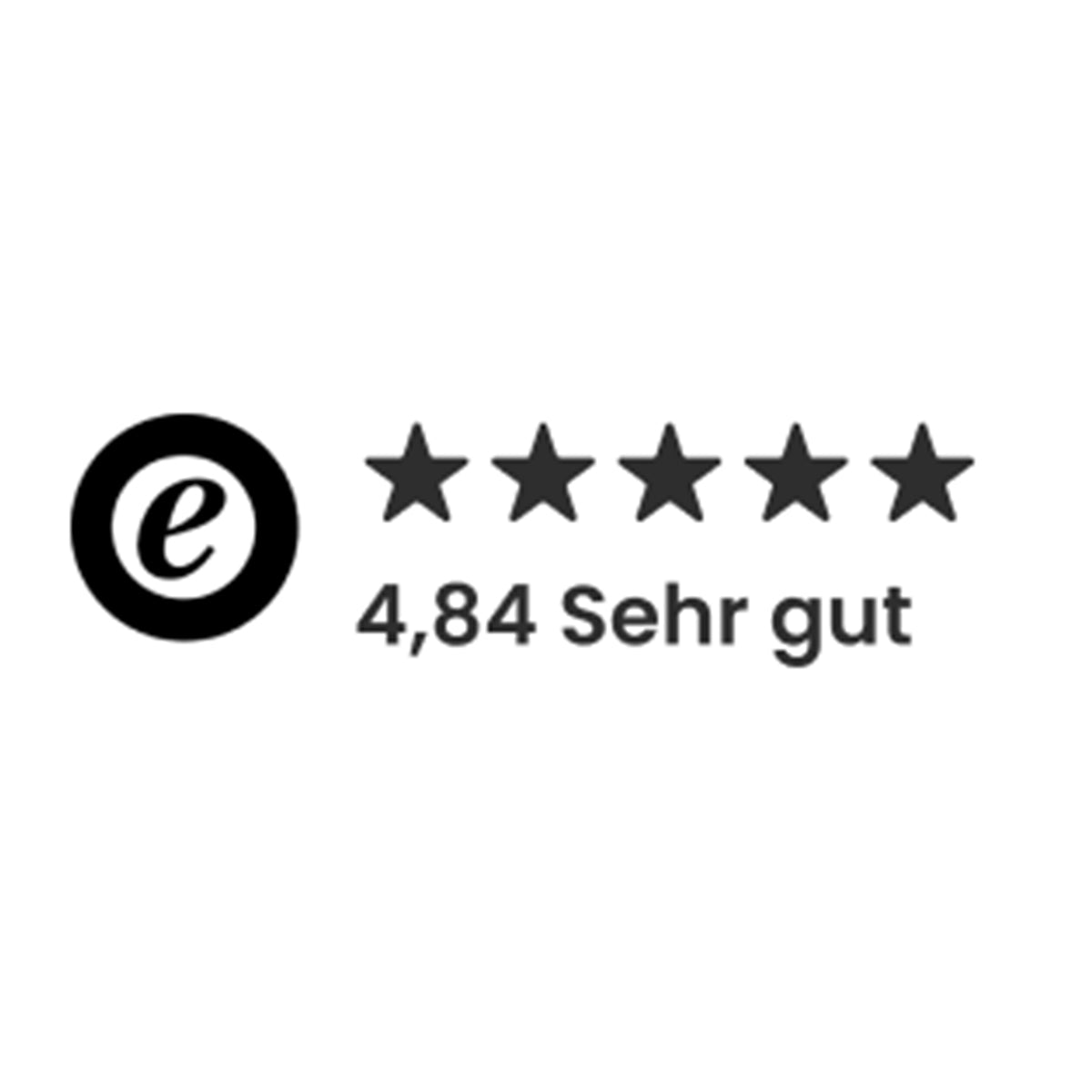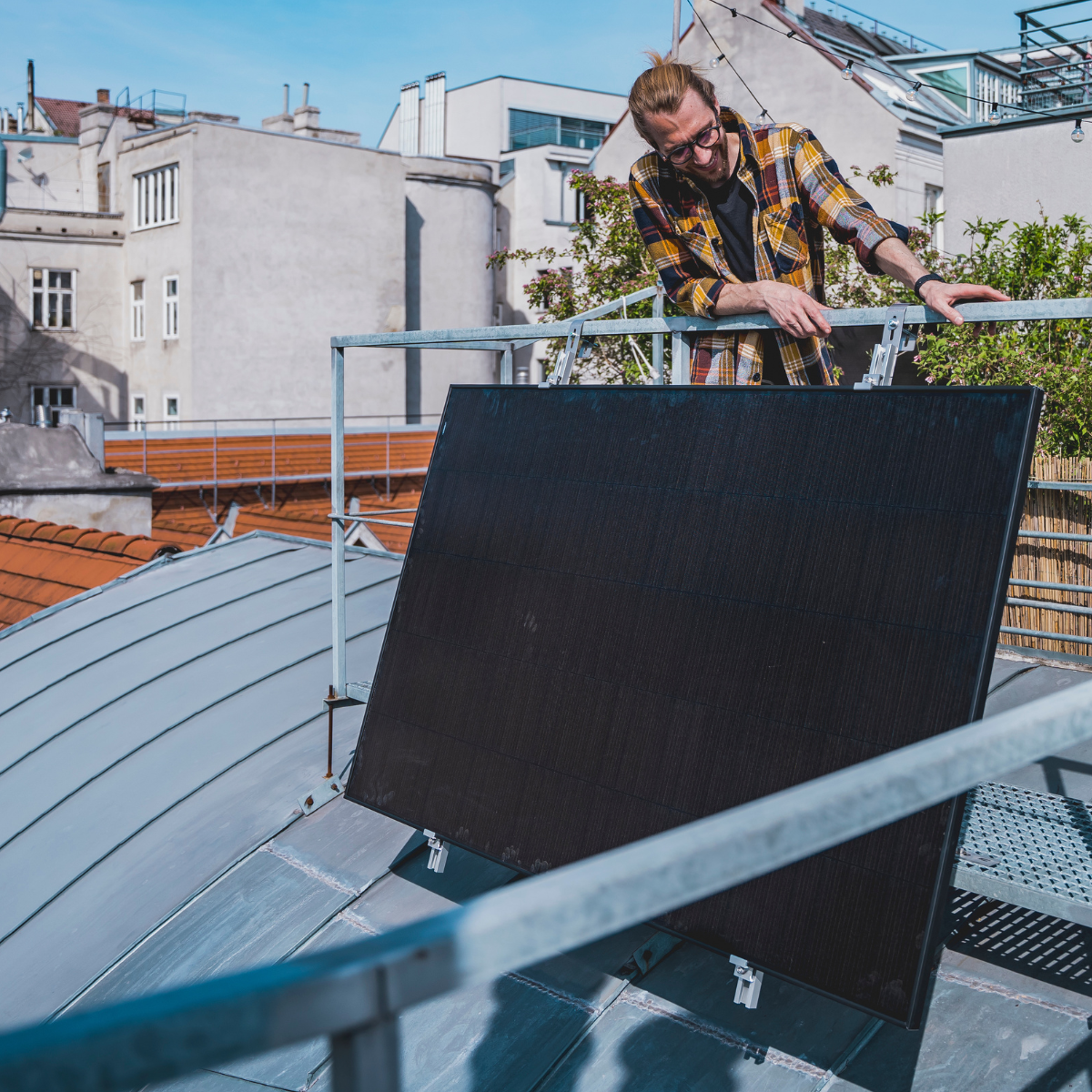Connecting cables is one of the most common tasks when connecting electronic devices in the home, converting a camper, or installing solar panels. However, there are numerous types of connector terminals. Which is the best and for what purposes can they be used? We examined various terminals in detail and ultimately chose a clear favorite.
What connection terminals are there?
With connecting terminals, you can firmly and securely connect all kinds of cables. A typical application would be connecting a lamp to cables hanging from the ceiling. Let's take a look at the different types of connecting terminals and their advantages and disadvantages.
Light terminals
Lighting terminals can be used to connect single-wire and fine- or multi-wire cables. Single-wire conductors can simply be inserted into the lighting terminal and click into place. When connecting multi-wire conductors to the terminal, the spring mechanism of the lighting terminal must be compressed, then the cable inserted, and when released, the cable should be secured.
Lamp terminals
Luster terminals are a type of screw terminal and are used to connect stranded conductors. The conductors are inserted from both sides into the threaded terminal screws that join the cables together. One disadvantage of luster terminals is that they can burn if the wires are not clamped together evenly and improperly. When using luster terminals, wire end ferrules must be used to prevent individual wires from protruding from the terminal. This prevents problems such as short circuits or burning.
Box terminals
Box terminals are also screw terminals and are well-suited for conductors with a large cross-section. The required conductors are secured in the box terminals with screws. Box terminals and lamp terminals differ in that with the former, all poles are connected together. Let's take a lamp as an example that we want to connect to the mains. In this case, we need three two-pole box terminals: one for the line conductor, one for the neutral conductor, and one for the protective conductor. This type of connection allows for a wide variety of installation options.
terminal blocks
Some of you may be familiar with terminal blocks from distribution boxes, where they are frequently used. Terminal blocks are typically used when many wires converge. A major advantage is that this type of terminal block can be individually expanded using so-called bridges. Conversely, individual wires can also be manually disconnected from the circuit. This can be important for maintenance or troubleshooting.
Plug-in terminals with lever - WAGO terminals
Lever-type plug-in terminals are suitable for both stranded and solid-wire electrical conductors. Connecting cables with this type of terminal is easier than with any other. The conductor is inserted, the lever is pressed, and the conductor is secured. Plugging and unplugging wires is therefore quick and easy. Unlike with luster terminals, no wire end ferrules need to be attached for stranded conductors. There's no risk of wires sticking out or being damaged by screws with WAGO terminals. Another major advantage is that conductors with different cross-sections can be attached to this connecting terminal. And all this without the need for additional tools.
All advantages of WAGO terminals at a glance
We offer in our Shop WAGO's 221 Series COMPACT connectors enable tool-free installation for all conductor types, including solid and stranded conductors and any cable cross-section. Our WAGO connector range includes 2-, 3-, and 5-conductor connectors in 4- and 6-wire versions. mm 2 . This variation offers a wide range of applications, especially where different conductor types and cross-sections meet. It's incredibly easy to use:
- Strip the desired conductors
- Open WAGO terminal with the lever
- Insert the ladder
- Close the lever
The transparent housing is very practical because it allows for constant checking of the conductor position. This means that if you have not inserted a conductor far enough or have stripped it incorrectly, it is clearly visible. The contact point is gas-tight, which ensures permanently secure contact between the conductor and the busbar. Two easily accessible test openings make testing conditions very convenient, even when installed. One test opening is located in the direction of the conductor connection and the other on the opposite side. Thanks to the T85 rating, the device is suitable for use in ambient temperatures of up to 85°C. The maximum terminal temperature according to the UL standard is 105°C. WAGO terminal blocks have globally recognized approvals. Removing and reusing these terminals is also no problem. Simply open the lever and remove the cable. With screw terminals, the screws would first have to be loosened with a screwdriver before the conductor can be pulled out. Regardless of the type of terminal block, it's very important that you first disconnect the power supply before disconnecting the conductors. If you're unsure, temporarily remove the main switch at the fuse box to turn off all power.
WAGO terminals are so practical - application example with our flexible solar modules
Our EFX Active Wire solar modules can be quickly and easily connected to the charge controller using WAGO terminals. WATTSTUNDE Premium EFX solar modules were specially developed for marine applications. They are flexible, lightweight, robust, and saltwater-resistant. This makes them truly versatile and ideal for numerous other applications, such as on the roof of a motorhome or a garden shed. What's special about them: The new ActiveWire technology shortens the distances between the solar cell conductors, thus minimizing electrical losses. The flexible modules boast a high current flow, a low installation height, and are walkable.
Flexible modules are usually glued, which means that in the case of application on the motorhome, you would use the module with special glue Glue it to the roof and drill a cable entry through the roof. After mounting it on the roof, the module cable is pulled through the cable opening and connected to the charge controller inside the motorhome. This is where the WAGO terminals come into play and the process is very simple, as described above. The open cable ends of the solar module that were pulled through the roof must be stripped. One for the negative cable and one for the positive cable. In our case, we are assuming one solar module on the roof, for this you will need two WAGO terminals with two chambers. Open the levers on the WAGO terminal, insert the positive cable of the solar module and the negative cable of the charge controller. Then insert the negative cable of the solar module and the positive cable of the charge controller into the other WAGO terminal. To close, simply push the levers down again.
Another application would be connecting loads to a battery. For this, the WAGO terminals can be used exactly as in the example above: strip the cable, connect the battery's positive cable to the load's negative cable in a WAGO terminal, and vice versa. The applications are diverse, and operation is very intuitive and simple. Parallel connection of several solar modules is also easily possible with these connection terminals. We are convinced and highly recommend WAGO terminals for connecting cables. They are very affordable, space-saving, and continuously expandable. Here you can find our Assortment of WAGO terminals.








